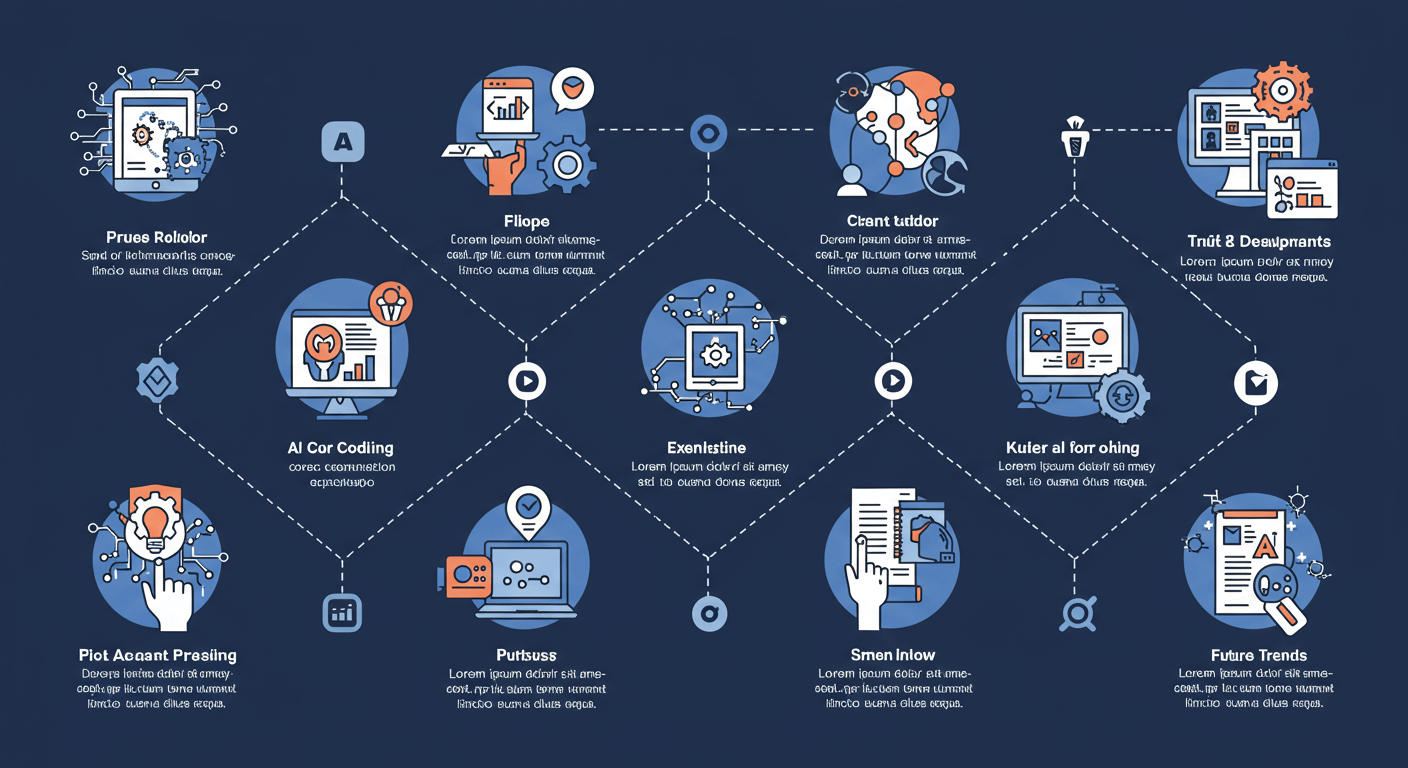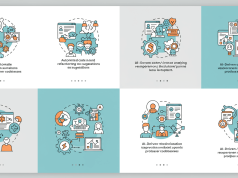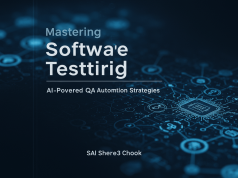In the rapidly evolving landscape of software development, AI-powered code generation tools have emerged as game-changers. By leveraging machine learning models trained on vast codebases, these tools assist developers in writing code faster, reducing errors, and maintaining consistency across projects. As we move, adoption of AI code assistants is accelerating, offering teams new ways to enhance productivity and innovation.
Gone are the days when developers manually wrote every line of boilerplate. Today, AI models trained on open-source code and proprietary repositories can suggest entire functions, optimize algorithms, and catch potential bugs in real time. These advancements not only shorten time-to-market but also empower teams to focus on higher-level architectural decisions and innovative problem-solving.
What is AI-Powered Code Generation?

AI-powered code generation refers to the use of advanced machine learning models, particularly large language models (LLMs), to automatically produce code snippets, functions, or even entire modules based on natural language prompts or partial code context. Instead of relying solely on traditional code templates and manual typing, developers can interact with AI assistants via editors or chat interfaces to generate boilerplate, unit tests, documentation, and more. Under the hood, these models analyze patterns from millions of lines of existing code to predict relevant syntax, libraries, and design patterns.
Key Components:
- Training Data: Public repositories, documentation, forums
- Model Architecture: Transformer-based LLMs like GPT, Codex, CodeGen
- Integration: Plugins for IDEs (e.g., VS Code, JetBrains), CLI tools, APIs
- Feedback Loop: Developers refine prompts and accept or reject suggestions, enhancing context and improving future outputs.
Key Benefits of AI Code Generation
1. Accelerated Development: Automating repetitive tasks such as boilerplate code, configuration files, and CRUD operations can save significant time. Developers can focus on complex logic and feature design.
2. Enhanced Code Consistency: AI tools enforce consistent coding standards and patterns across teams. They can automatically format code, suggest best practices, and reduce style mismatches.
3. Improved Code Quality: With built-in suggestions for edge cases, error handling, and security checks, AI assistants help identify potential bugs early. They can even generate unit tests to validate functionality.
4. Faster Onboarding: New team members benefit from AI guidance that fills knowledge gaps, explains library usage, and integrates context-aware examples, ramping up productivity quickly.
5. Knowledge Transfer: Legacy codebases and undocumented modules become more accessible when AI can generate explanatory comments, refactor code for clarity, and provide context-aware recommendations.
Top AI Code Generation Tools to Watch
1. GitHub Copilot
Overview: Built on OpenAI Codex, Copilot integrates seamlessly into VS Code, JetBrains, and other IDEs.
Key Features: Autocomplete, function and test generation, support for multiple languages.
Pricing: Subscription model with individual and enterprise plans.
2. Amazon CodeWhisperer
Overview: AWS’s answer to AI coding assistants, focusing on security and compliance.
Key Features: Security scanning recommendations, integration with AWS SDKs, inline suggestions.
Unique Value: Tailored for cloud-native and serverless development.
3. ChatGPT and OpenAI API
Overview: Versatile LLM that can be adapted for code generation via API and custom fine-tuning.
Use Cases: Rapid prototyping, documentation generation, architecture planning.
Considerations: Requires prompt engineering for optimal results.
4. Tabnine
Overview: AI-driven code completion with support for private codebases.
Key Features: Local model options for on-premise deployments, team dashboards, predictive code.
Security: Offers enterprise-grade data protection.
5. Codeium
Overview: Free and open-source AI coding assistant.
Key Features: Multi-editor support, fast inference, privacy by design.
Community: Active community contributions and plugin ecosystem.
6. Developer-Hosted Models
Examples: Self-hosted CodeGen, PolyCoder.
Benefits: Complete data control, cost optimization, tailored domain expertise.
How to Choose: Project requirements, data privacy, budget constraints, and ecosystem fit should guide your decision.
Best Practices for Integrating AI Code Generation into Your Workflow
1. Define Clear Use Cases: Start with specific tasks like generating boilerplate or writing unit tests before expanding to complex functions.
2. Establish Guidelines: Create prompt templates to ensure consistency in AI outputs. Include code style, naming conventions, and comment formats.
3. Review and Validate: Always pair AI-generated code with human review. Use static analysis tools, linters, and code reviews to catch issues.
4. Train and Educate Teams: Conduct workshops on prompt engineering and tool capabilities. Encourage knowledge sharing sessions to highlight best practices.
5. Monitor Usage and ROI: Track metrics such as time saved, pull request velocity, and defect rates. Use this data to refine tool adoption strategies.
6. Secure Your Codebase: Implement access controls, audit logs, and encryption when integrating AI tools that interact with proprietary code.
Challenges and Considerations
1. Accuracy and Reliability: While AI models are improving, they can still produce incorrect or suboptimal code. Overreliance without proper review can introduce new bugs.
2. Data Privacy and Compliance: Feeding sensitive code to third-party AI services raises concerns. Opt for on-premise deployments or privacy-focused models when handling confidential data.
3. Licensing and IP: Generated code may inadvertently replicate licensed or proprietary snippets. Ensure compliance with open-source licenses and intellectual property policies.
4. Bias and Maintainability: AI models learn from existing code, including outdated or biased patterns. Developers should remain vigilant and update generated code to reflect current best practices.
5. Cost Management: Subscription fees or API usage costs can escalate. Monitor consumption and explore alternative models to optimize expenses.
The Future of AI-Powered Code Generation
As AI research progresses, we can expect:
- More Context-Aware Assistants: AI that understands entire project architectures, user stories, and system constraints.
- Automated Refactoring: Tools that propose entire refactors to improve performance, security, and scalability.
- Explainable AI: Transparent suggestions with rationale and lineage tracking for auditability.
- Cross-Language Translation: Seamless code migration between languages, frameworks, and platforms.
- Collaborative AI Pair Programming: Real-time co-editing with AI partners that adapt to individual developer styles.
By 2025 and beyond, AI code generation will become an integral part of the development lifecycle, fundamentally transforming how software is created.
Conclusion
Embracing AI-powered code generation isn’t just about working faster; it’s about working smarter. These tools are unlocking incredible gains in developer efficiency, code quality, and creative problem-solving. But to truly harness their potential, teams need to approach them thoughtfully—understanding the tech, choosing the right platforms, and baking in best practices from the start. This is where the synergy gets powerful: these AI assistants don’t just write new code; they can also help manage existing systems. When combined with strategies for AI-Driven Technical Debt Management, they become a formidable duo for maintaining code health, proactively identifying areas for automated refactoring, and preventing future issues from taking root. By experimenting with these tools now, you’re not just streamlining today’s workflow—you’re future-proofing your development process, fostering a culture of continuous improvement, and ensuring your team stays agile and competitive well into the future.









